Ten years ago this week, marriage equality became federally recognized after the Supreme Court ruled in Obergefell v. Hodges. To coincide with such a historic event's anniversary, Frankie Frankeny and The Advocate's John Casey wrote the book LOVE: The Heroic Stories of Marriage Equality, published by Rizzoli New York. Frankeny is a photographer and director who has been involved with the marriage equality movement for years.
Keep up with the latest in LGBTQ+ news and politics. Sign up for The Advocate's email newsletter.
The book features a foreword by Jim Obergefell and features over 100 stories of those who fought for marriage equality.
"Beginning in the pre-1970s era when gay couples were nearly invisible, the story then shifts to the growing activism of the 1980s and 1990s, continues with the landmark Supreme Court ruling in 2015, which granted full marriage equality across the nation, and concludes with an exploration of current issues," a description of the book reads.
Related: The Advocate's John Casey reflects on a decade of marriage equality in new book
The Advocate spoke to Frankeny about the motivations behind the LOVE, and what she hopes the book means to readers.
This interview has been edited for length and clarity.
The Advocate: Why pursue this marriage equality project?
When I was in elementary school, I told my parents I couldn’t wait to have a wife like Mary Poppins. She was magic — beautiful, kind, and smart. That was my dream. I knew I wanted to spend my life with someone like that.
But like millions of others, I grew up surrounded by messaging that told us those feelings weren’t just wrong — they were dangerous. It’s a terrible thing to feel pure joy and love and be told it’s the opposite. I refused to believe it, but still, I had to hide that truth for years, even while in a beautiful, loving relationship.
Growing up, gay people didn’t have heroic role models. Sure, there were people like Harvey Milk, Bayard Rustin, Gertrude Stein, and Alice B. Toklas — but most of us didn’t learn about them until college or later. A compendium of our own heroes — a collection that spans seven decades — simply didn’t exist.
Not because we didn’t exist. Not because we didn’t have many brave queer people who came before us. But because we weren’t allowed to know about them. Our history hasn’t been allowed to exist.
Queer kids deserve their history, just like everyone else. Not just stories of civil rights, but stories of the fight to be out, to love openly, to live without shame. I hope these stories are taught in schools, shared in community centers, and heard on our podcast across the globe — because they are universal. They are beautiful stories about the fight for love, no matter who the couple is.
And so kids, no matter where they are, can know they come from a long line of courageously bold and fiercely loving people — so that they never again have to shrink to fit the cold corners of a world that once told us to disappear.
So that kids everywhere can dream the same dreams as their classmates.
How did you go about choosing which stories to include in the book?
It was incredibly difficult — because we have so many brave people in our community who’ve helped move society forward.
The major court cases were essential to include, of course. And many of those couples were chosen to be part of those cases precisely because their stories so clearly illustrated the absurdity of denying us the right to marry the person we love — and the 1,138 rights, privileges, and protections that come with federal marriage.
Beyond the courtroom, I chose stories that had a powerful emotional impact — voices that resonated deeply within our community and helped those outside of it better understand why marriage equality matters.
This is a coffee table book that spans seven decades, so it was impossible to include every story. But that’s why we’re launching a serialized podcast — to keep telling more of them. While the book carries us through 2024, spotlighting those protecting marriage equality and our right to live as equal citizens, the podcast will carry us through the present moment and beyond.
Because our story is still unfolding. The attacks on our rights — including marriage equality — are very real. Ten states have already petitioned to overturn our right to marry, and multiple Supreme Court justices are on record saying they want to revisit not just marriage, but even our right to love each other legally and out loud, as affirmed in Lawrence v. Texas.
That’s why these stories matter now more than ever.
Are there any stories or people that stand out to you?
That’s a tough one — because, as I’ve mentioned, there were so many incredible stories that didn’t even make it into the book. That’s how rich and beautiful our community is.
But one story I carried with me all along the way is the one of Purple Heart recipient Dennis Engelhard and his partner Kelly Glossip. They were together for fifteen years, raising a son in a beautiful, loving, and supportive home.
Dennis died on Christmas Day — what would have been their fifteenth anniversary. He was killed on the side of the road while helping a citizen in distress. The governor of Missouri ordered flags flown at half-mast for a well-loved, highly decorated public servant. Hundreds of officers turned out for his memorial.
But that same state refused to recognize their relationship. Kelly was denied spousal benefits — benefits he needed to continue raising their son. He suffered multiple strokes in the aftermath, and ultimately died, I believe, of a broken heart. A deeply shattered one.
It was unnecessary. It was tragic. And it perfectly illustrates how devastating inequality can be.
And yet, as with so many of the stories in The JustMarried Project, there is a triumph in it too — albeit quiet. Because their story showed a state — and its people — why this right matters. Why being seen and treated equally is not just about dignity. It’s about survival.
What photos stand out to you most?
As a photographer who’s been photographing people for over three decades, it was incredibly hard to choose. There were so many images I wanted to include — some we couldn’t afford, and some we just couldn’t secure the rights to. Honestly, this was an extremely expensive book to put together. We were lucky that many of the people we reached out to — those still living — graciously donated their fees.
But the photos that stand out to me most — and still haunt me in the best and hardest ways — are the ones from the 1950s and earlier.
Because so many of those images were taken in secret. People knew that just the discovery of a single photo could mean real danger: the loss of their families, their jobs, their children. Being institutionalized.
We’ve never had the luxury of safety. For generations, being found out could mean being cast out — or killed.
And yet — they dared. They dared to take a photograph. To hold something in their hands that reflected the reality of their true lives. Something beautiful. Something real.
That kind of courage — quiet, often anonymous, and deeply human — leaves a mark.
Do you remember your own recollections of the day marriage equality passed 10 years ago? Where were you?
I was on the rooftop garden of my culinary photography studio, just letting it sink in.
It’s hard to describe what it feels like when you — along with millions of others — suddenly gain such a vital and fundamental human right. There aren’t really words for it. You have to let it settle into your bones. Because marriage isn’t just a ceremonial milestone — it’s something essential to everyday life. It touches every decision, every action, every moment. And then, in a single day, everything changed.
Parents would no longer have to carry stacks of legal documents just to protect their families while traveling from state to state. People could finally start using the words “husband” or “wife” — words that carry real, immediate meaning — rather than awkward titles that mark you as something “other.” Parents could stop explaining to their children why they weren’t married. Kids could stop worrying that their family might somehow disappear because it wasn’t legally recognized.
It was millions of changes, all at once — because a handful of justices made the decision to vote one way and not another.
I think that’s what I was doing on that rooftop. Just letting it all sink in.
Later that day, I joined the celebration in San Francisco. It was electric. Joyful. Alive with a kind of shared understanding that something unimaginable had actually happened. But even then, I couldn’t stop thinking about the people around the country who may have had to celebrate in silence. I was lucky enough to celebrate in a sea of joy, surrounded by people who were making the same life and soul adjustment: something beautiful that had once felt unthinkable… was now real
You were very involved in the movement for marriage equality. How was looking back at its history?
Honestly, I can’t say — because I’ve never stopped. During the fight for equality and in the ten years since Obergefell in 2015, I’ve been doing nothing but looking back — finding more stories, uncovering more history, and witnessing it all unfold in real time.
I think, like any disenfranchised community, we will always have to fight. Every generation will have to carry part of the burden — until our species evolves into something more nurturing, more just. But ours is a nurturing community. And part of nurturing is standing up for what is good and loving — for compassion, for kindness. That’s what these people did then, and what so many continue to do now.
People like Pete Buttigieg and his husband Chasten — who stood up, got on the road, and asked Americans to believe that a gay couple could lead this country with grace, intelligence, and heart. That’s not just politics. That’s an act of courage and hope.
So I suppose what surprises me most is not that we’ve had so many brave people in our community — but how fiercely brave we continue to be. How we use humor to survive the hard parts. And how much love fuels our resistance.
What surprises me most — and saddens me — is that we’re backsliding. And while I can’t say I’m completely shocked, I do worry about the people who came of age in a time of progress, with Rachel Maddow on the news and Ellen DeGeneres on daytime TV. I imagine some of them are in utter disbelief. Maybe they don’t even fully grasp it yet.
But I hope these stories will help. I hope they remind us all: we’ve been here before. We turned fear into fierce. We’re not going back.
And we will not let trans people — or anyone in our community — be excluded. You can’t claim to be loving, kind, or compassionate while pushing people out. That’s not how love works. You don’t get to parse out humanity. Not here. Not now. Not ever.
Some older people have said they look back at marriage equality with a sort of “grief” because they grew up never expecting it to happen, so they didn’t live life as if it could. For younger people, it’s now been just part of U.S. culture, almost a norm. What do you hope readers get from the book across generations?
I hope readers — no matter their age — can feel the truth that we’ve come this far because people turned fear into fierce.
For older generations, I hope the book brings healing. I hope it honors the lives they built, even without the promise of legal recognition. So many of them paved the way by simply surviving, by loving each other anyway, and by creating lives in the margins that changed everything. This book says: We see you. You mattered. And your love mattered — even when the world refused to acknowledge it.
For younger people, I hope it brings clarity. Marriage equality may feel like the norm now, but it’s a very recent victory — and a fragile one. These stories show just how hard-won it was. They remind us that we’ve faced presidents, politicians, preachers, and public opinion — and we’ve still won.
Across generations, I hope readers feel empowered. These aren’t just love stories. They’re blueprints. They’re battle cries. They’re reminders that when we tell the truth about our lives, we change the world.
And as we step into uncertain times, I hope this book gives people courage. Because love — shared boldly and without apology — has always been our most powerful tool for justice.
There’s real concern about marriage equality. How does this book fit into the current politics of marriage equality?
This book couldn’t come at a more important time. We’re living in a moment where the very right to marry the person we love — the right we fought so hard to win — is once again under threat. Ten states have already petitioned to overturn marriage equality. Several sitting Supreme Court justices have said out loud that they want to revisit — and possibly reverse — not just marriage rights, but the right to be in loving relationships at all, as decided in Lawrence v. Texas.
So yes, the concern is real. And that’s why this book is not just a celebration — it’s a record. A reminder. A refusal to go back to where we were before. And a roadmap. Because these stories don’t just tell why people fought for our rights — they show how they did it.
It documents seven decades of brave people who risked everything — not just to win court cases, but to be seen. To be heard. To live and love in the open. That kind of visibility has always been political. It has always changed minds, changed laws, and saved lives.
LOVE: The Heroic Stories of Marriage Equality is here to say: We existed. We still exist. We dreamed of marriage not to assimilate, but to be equal. To protect our families. To be recognized as full citizens. And if that right is once again on the chopping block, then this book becomes something else entirely. It becomes armor.
Because the best tool we have to protect our rights is the truth about our lives — and the stories that prove we should never have had to ask for permission to LOVE in the first place.
Is there anything else you’d like readers to know?
I believe we’re at a critical moment — a time when we cannot let others define our reality for us. Those who came before us showed that if you refuse to shrink — if you refuse to let others turn the world into something cruel — you can create something better. Not just for yourself, but for the collective good of humanity.
There are no guarantees in life. But if you shrink, if you stay silent, if you let others erase you — things rarely go well. Jack Baker and Michael McConnell, who have the oldest legal LGBTQ+ marriage license in the U.S. — some say in the world — never shrank. They held on. It took nearly five decades for the courts to recognize their marriage, but they never stopped believing in its truth.
Jim Obergefell and John Arthur stood up in the final moments of John’s life and demanded that their love be seen and counted. When the Supreme Court ruled in Obergefell v. Hodges, they won marriage equality for millions — and in that decision, the court also finally recognized Jack and Michael’s marriage as legal. Fifty years later.
Jack and Michael have a saying I believe with my whole heart — especially after decades of research and storytelling: Love is the most powerful force in the universe. It can and does transform everything.
There isn’t a single story in this book that doesn’t prove that truth. These stories show that love is worth standing up for. That truth is worth standing up for. That beauty is truth — and truth is beauty.
And in a world where it’s getting harder and harder to discern what’s real, that kind of clarity isn’t just powerful. It’s essential to survival.




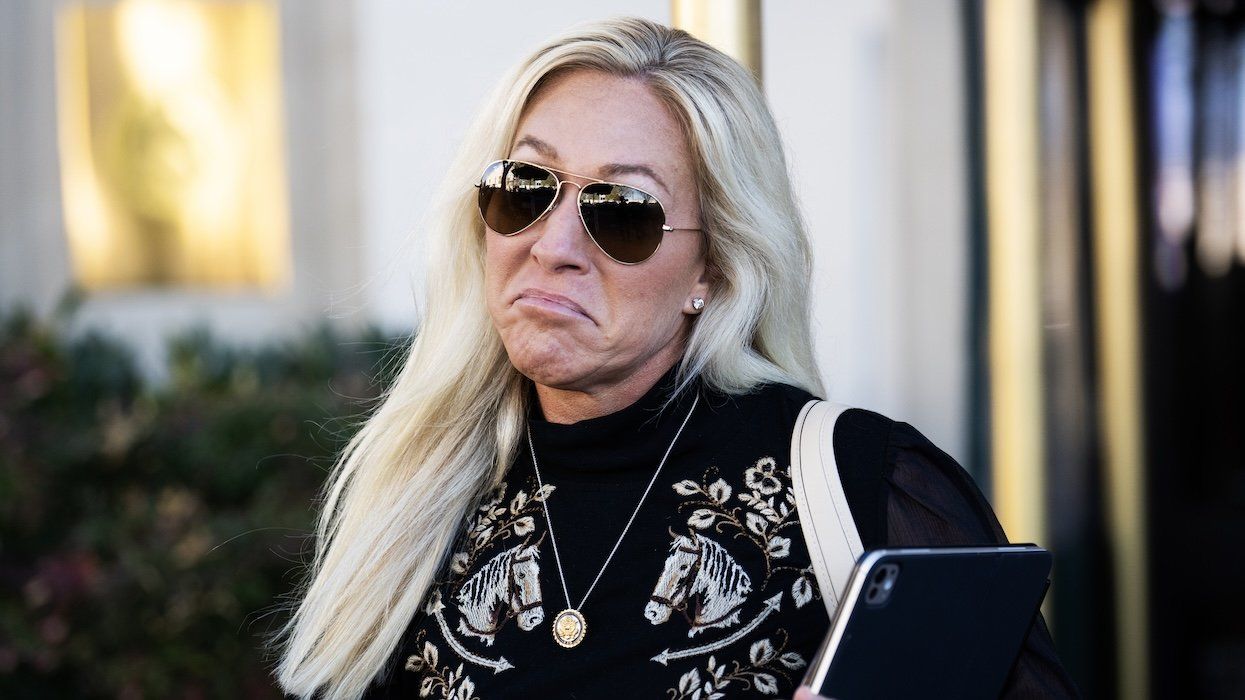
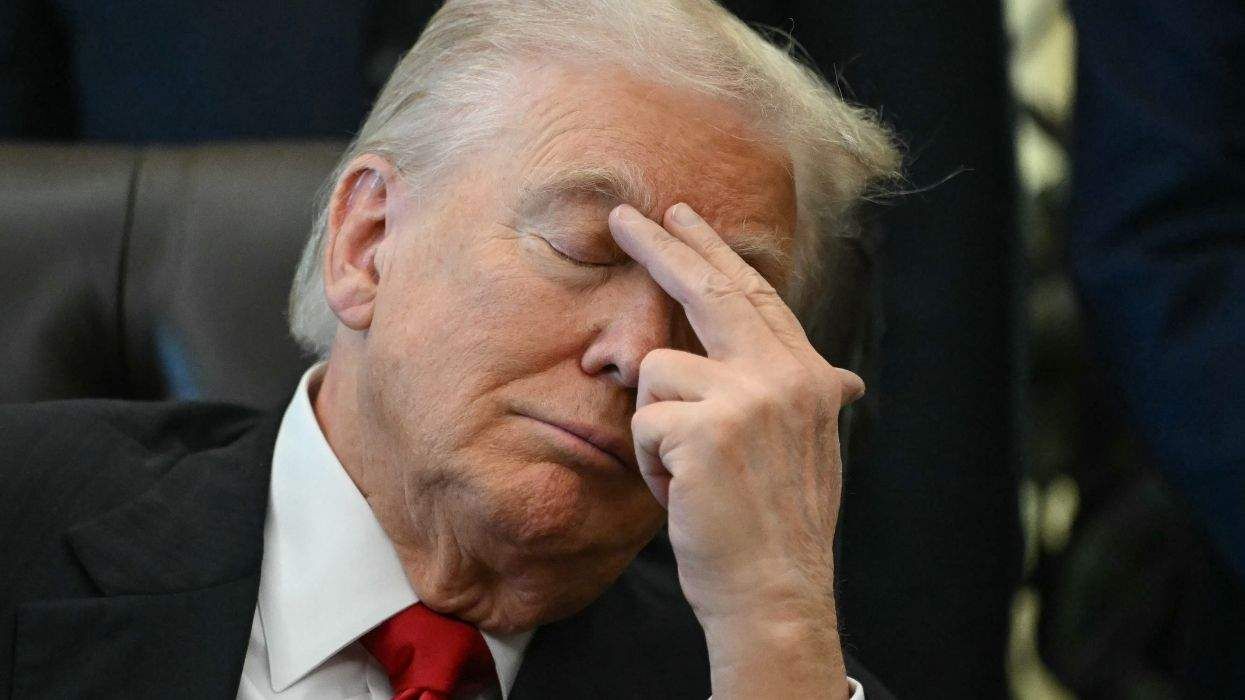
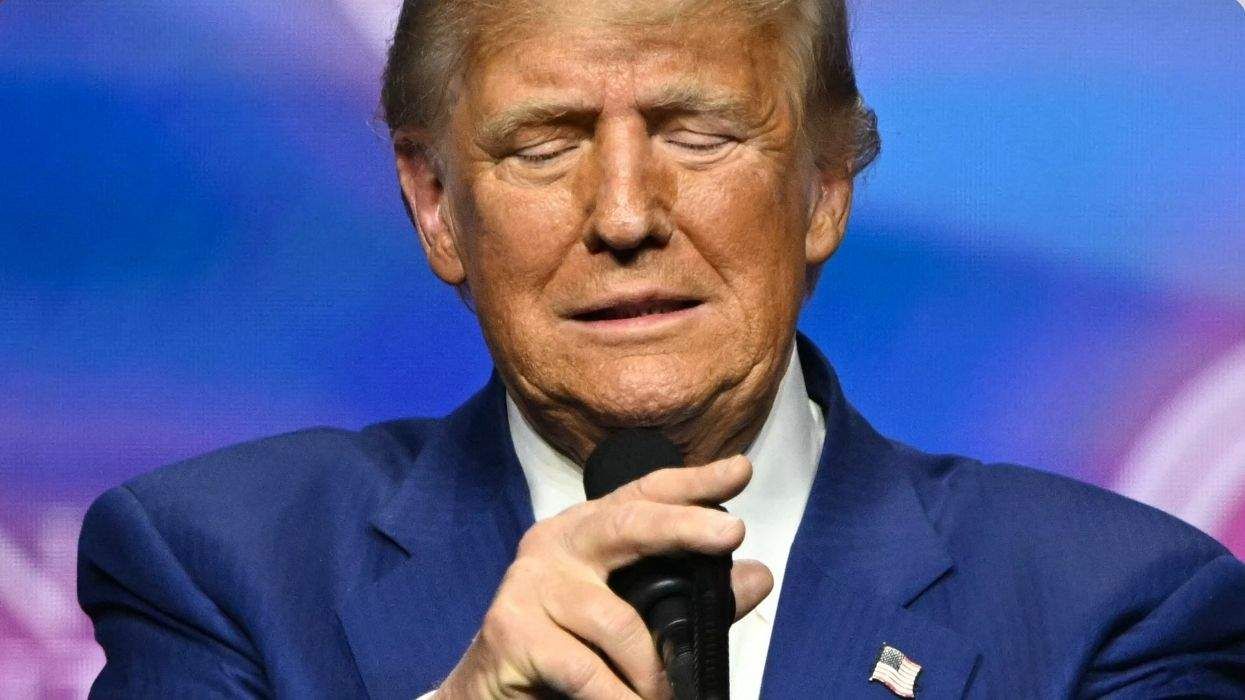
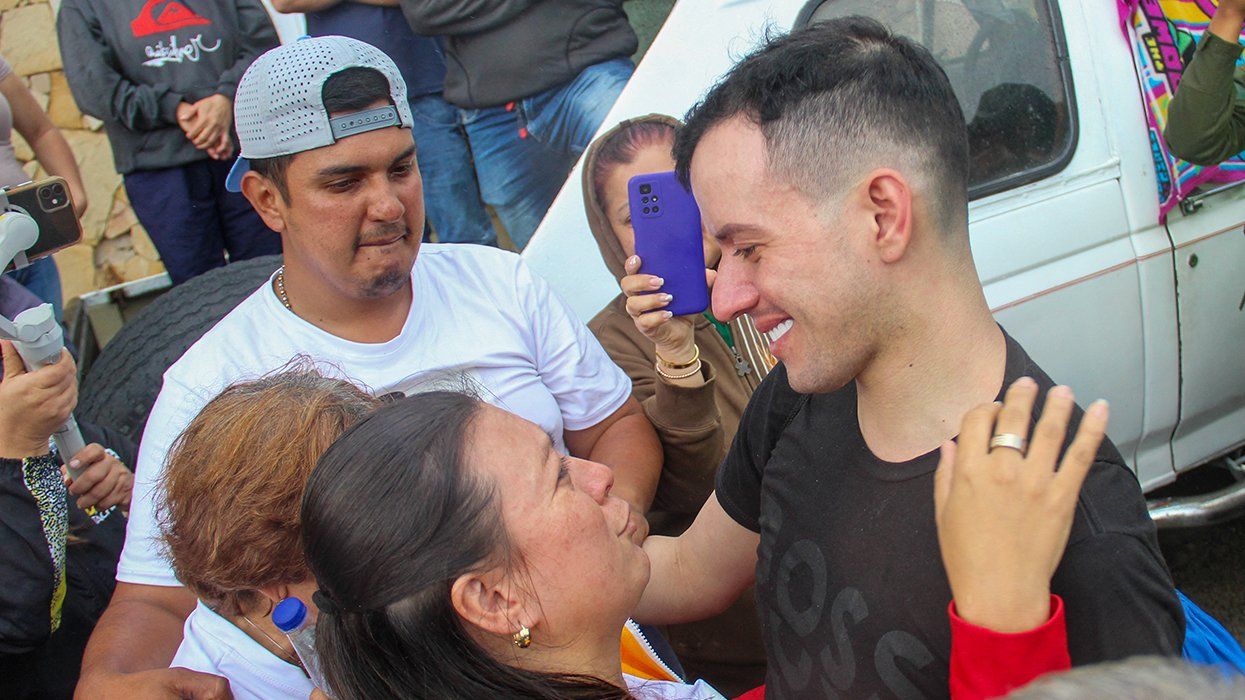
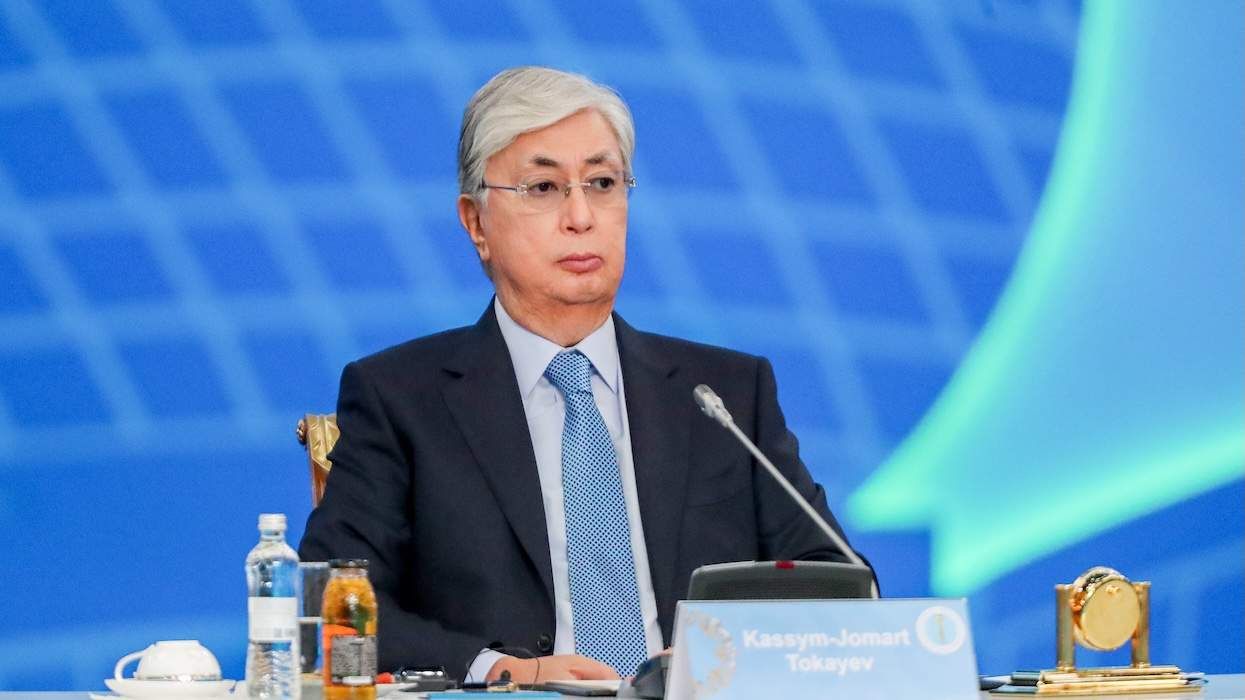

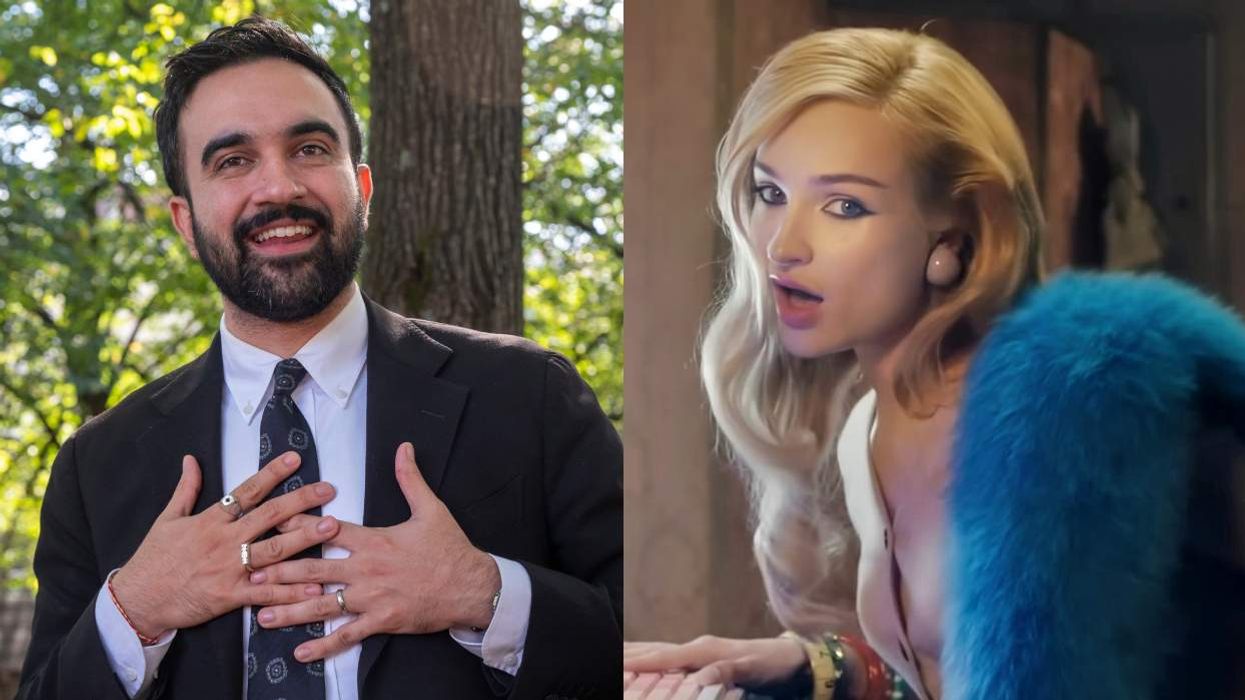
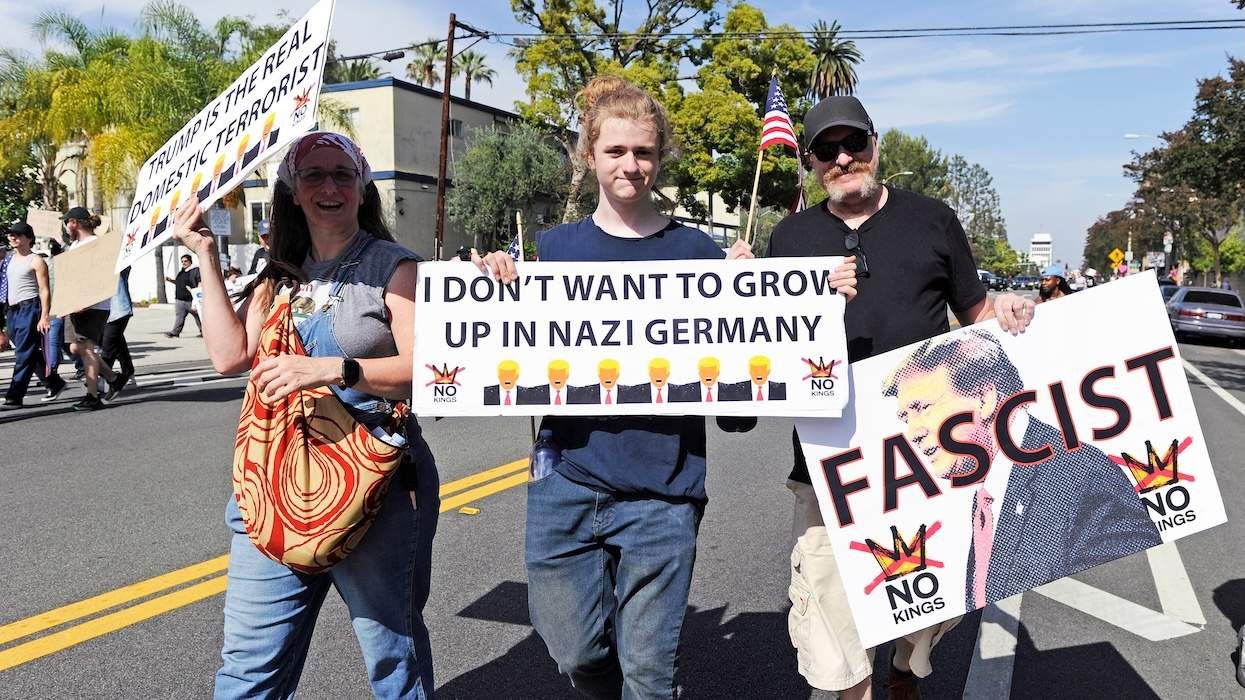
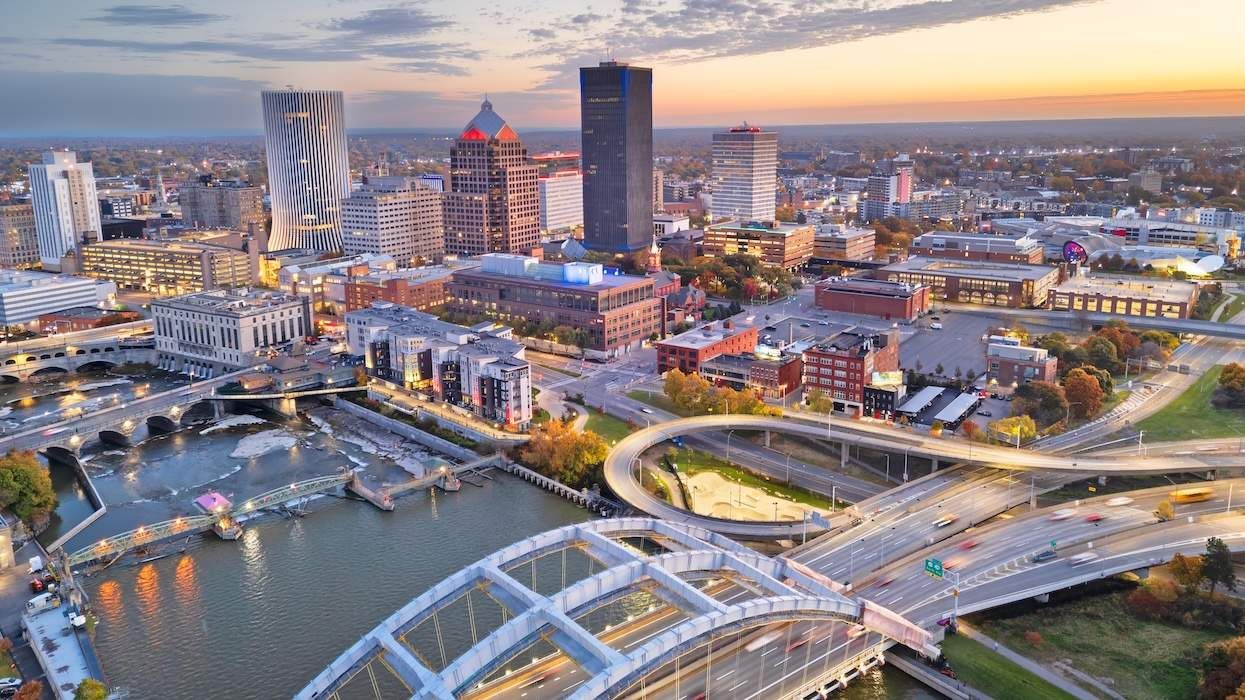
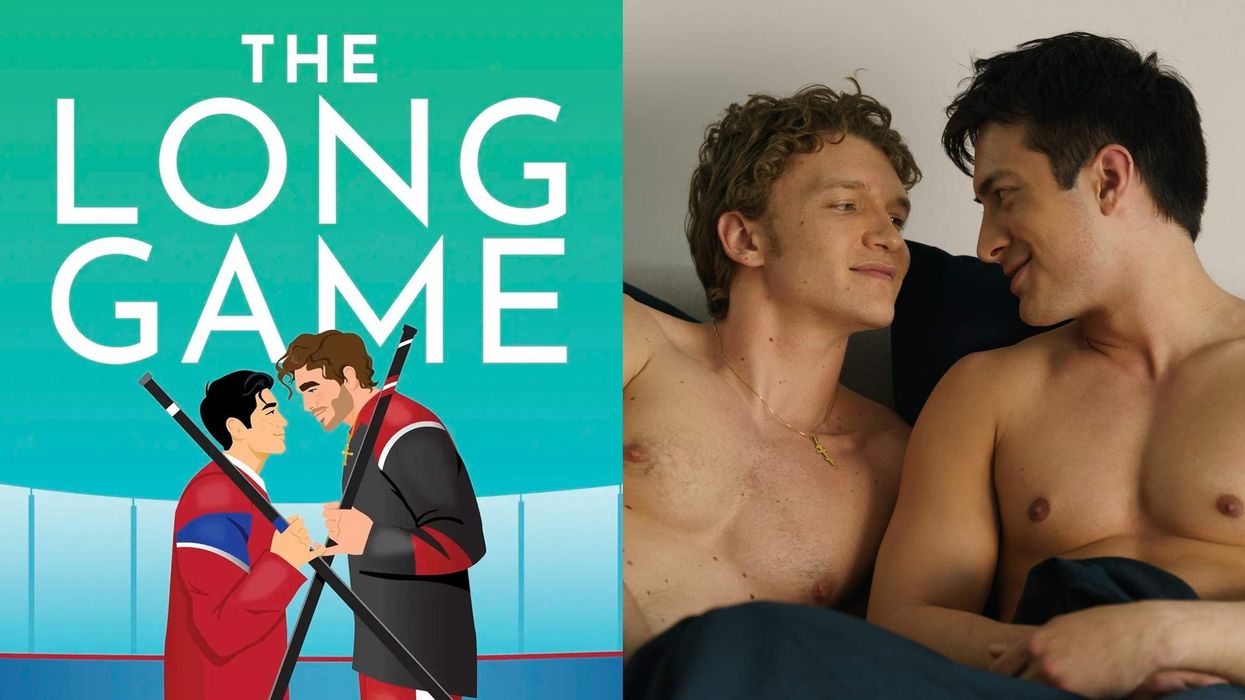
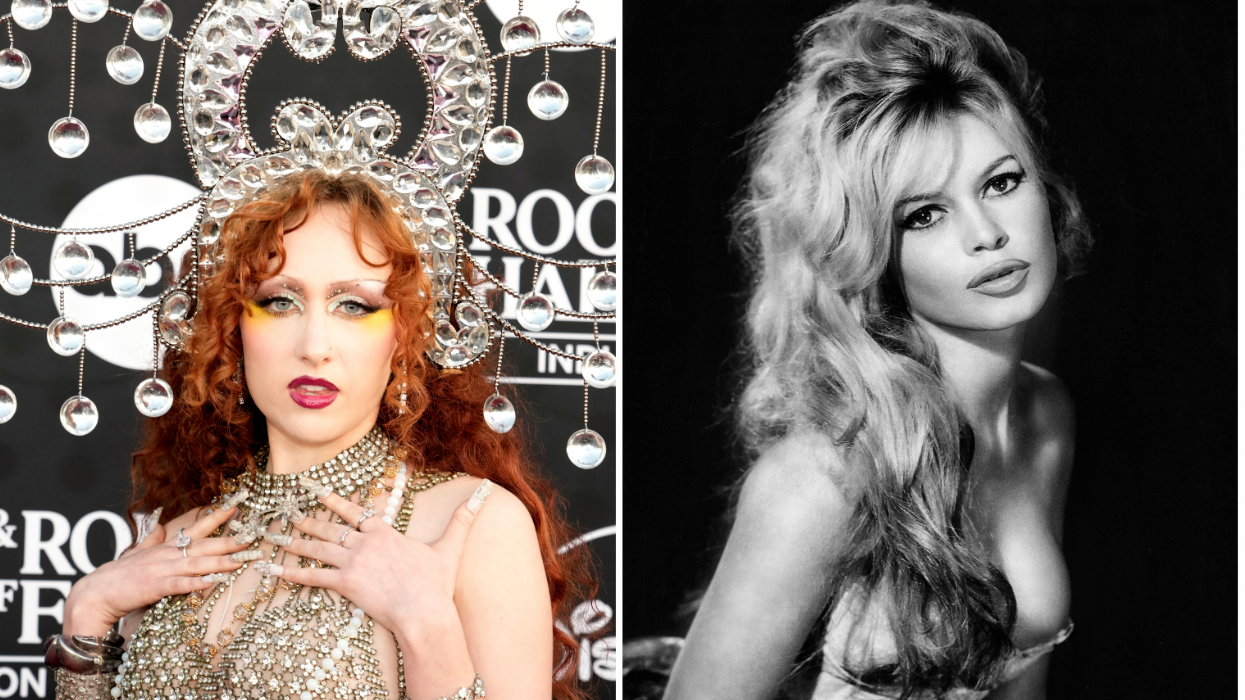
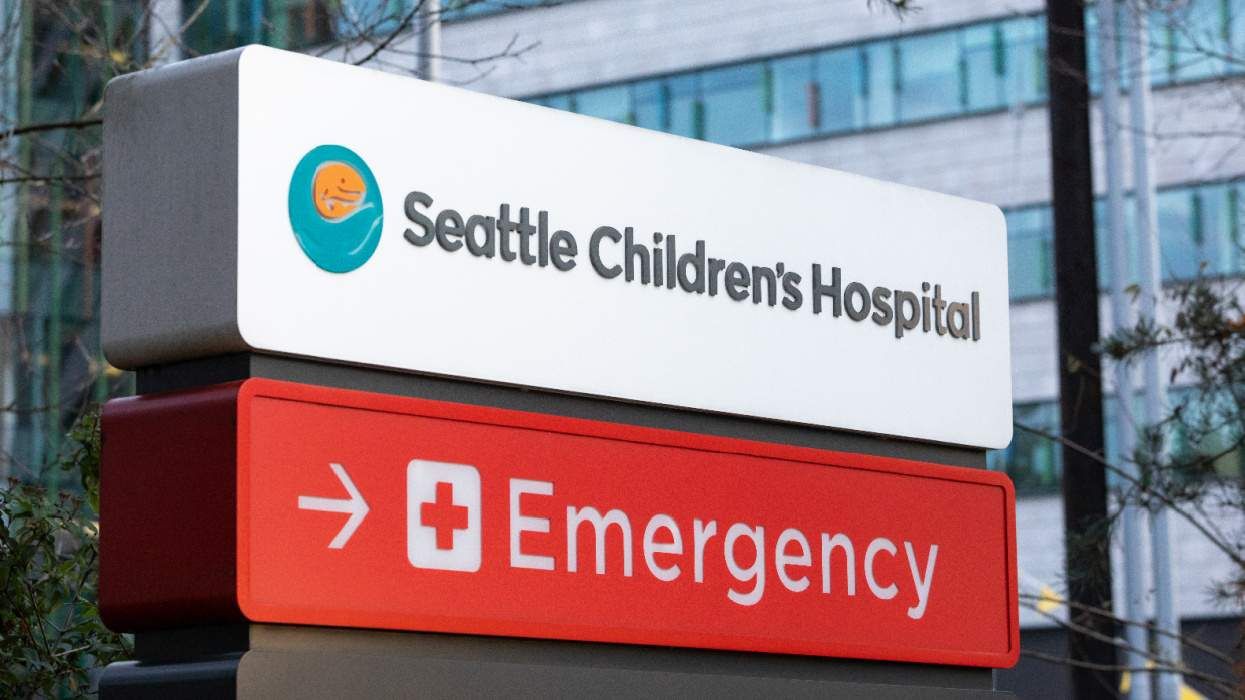
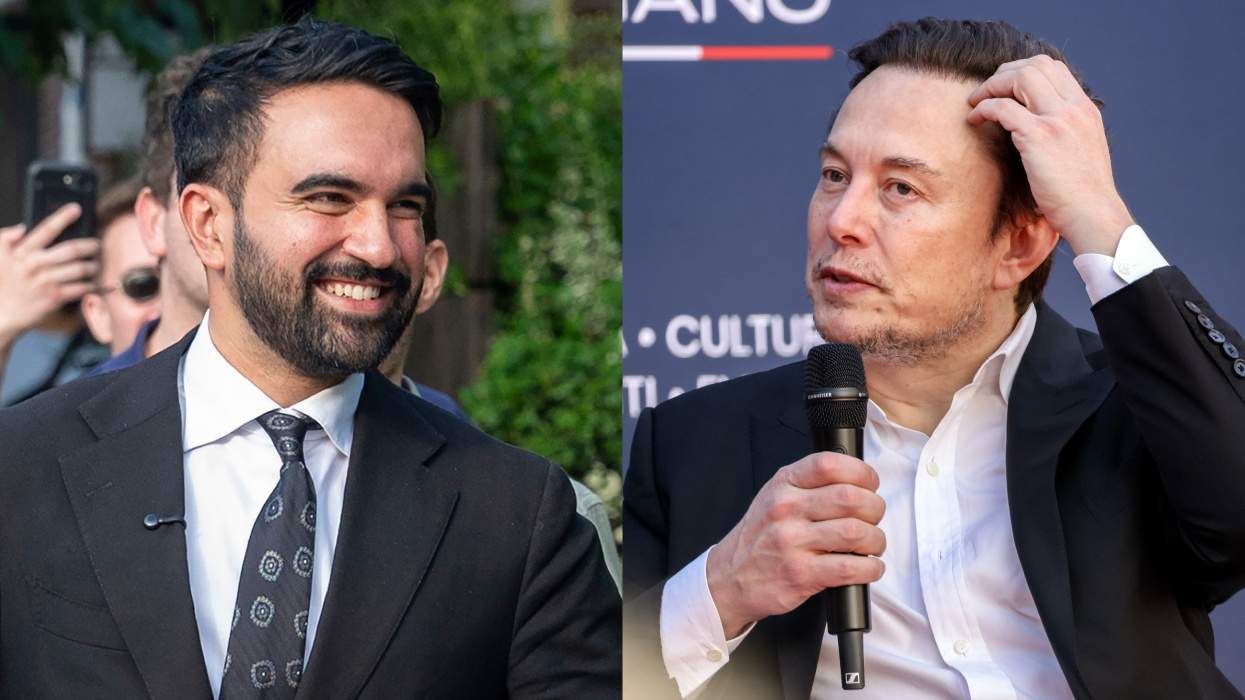


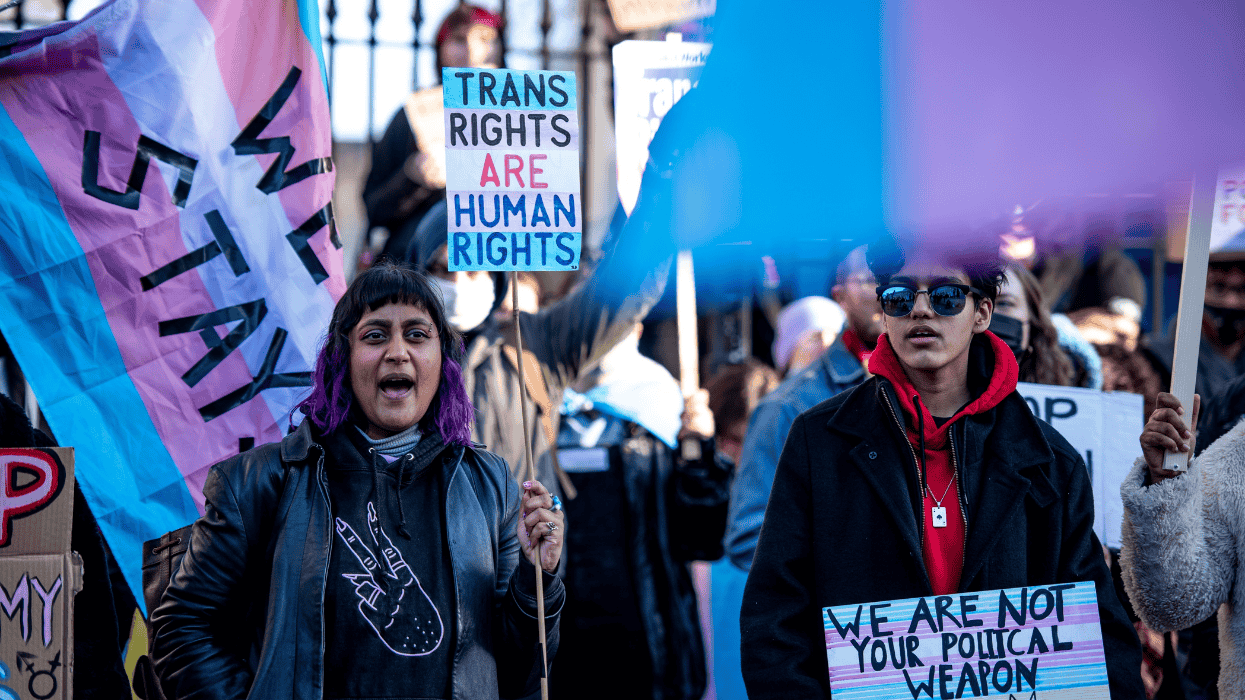
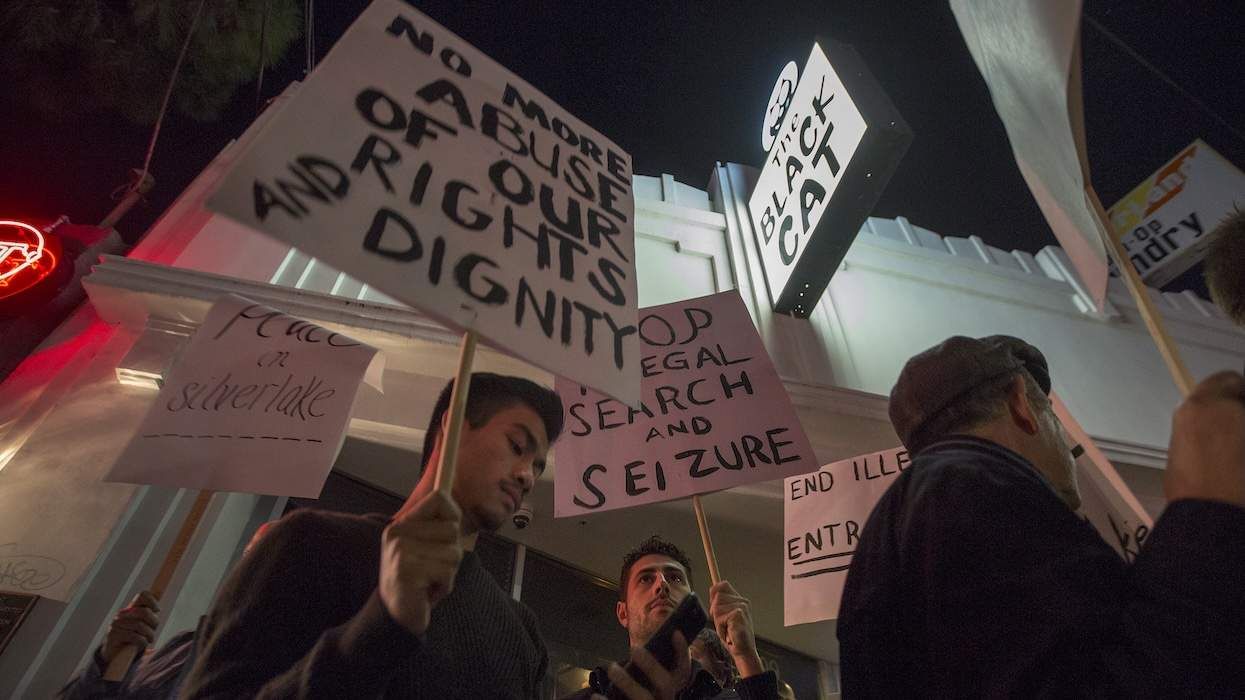
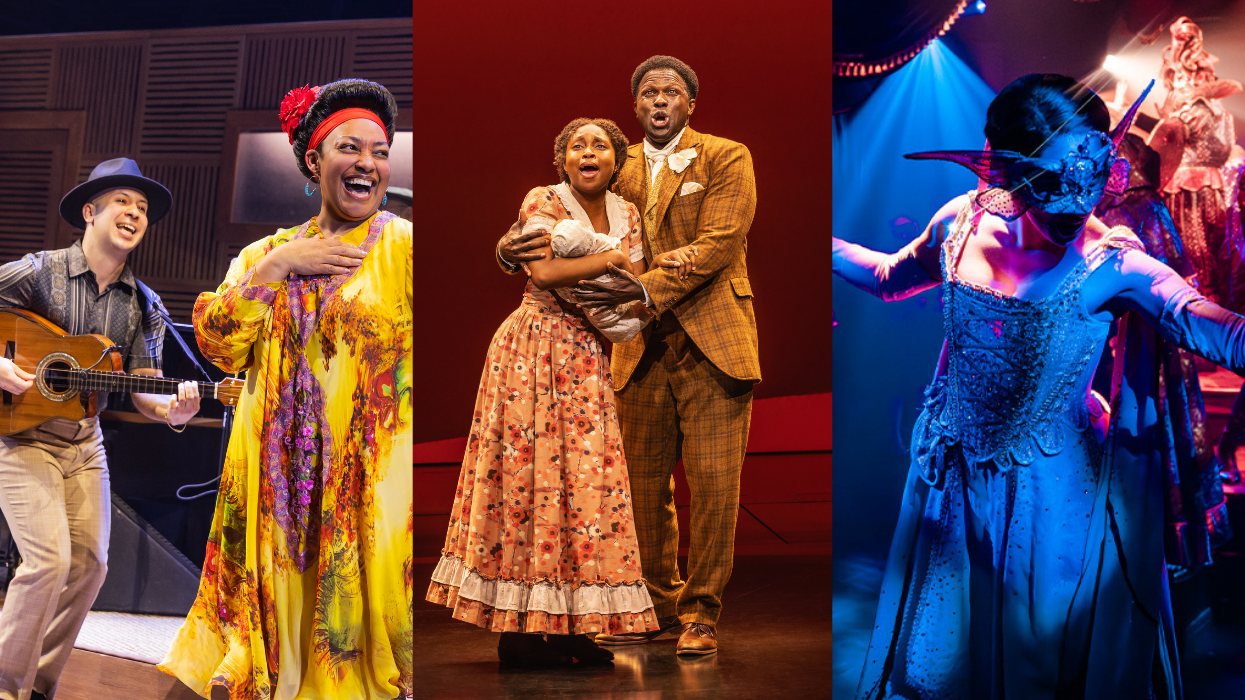
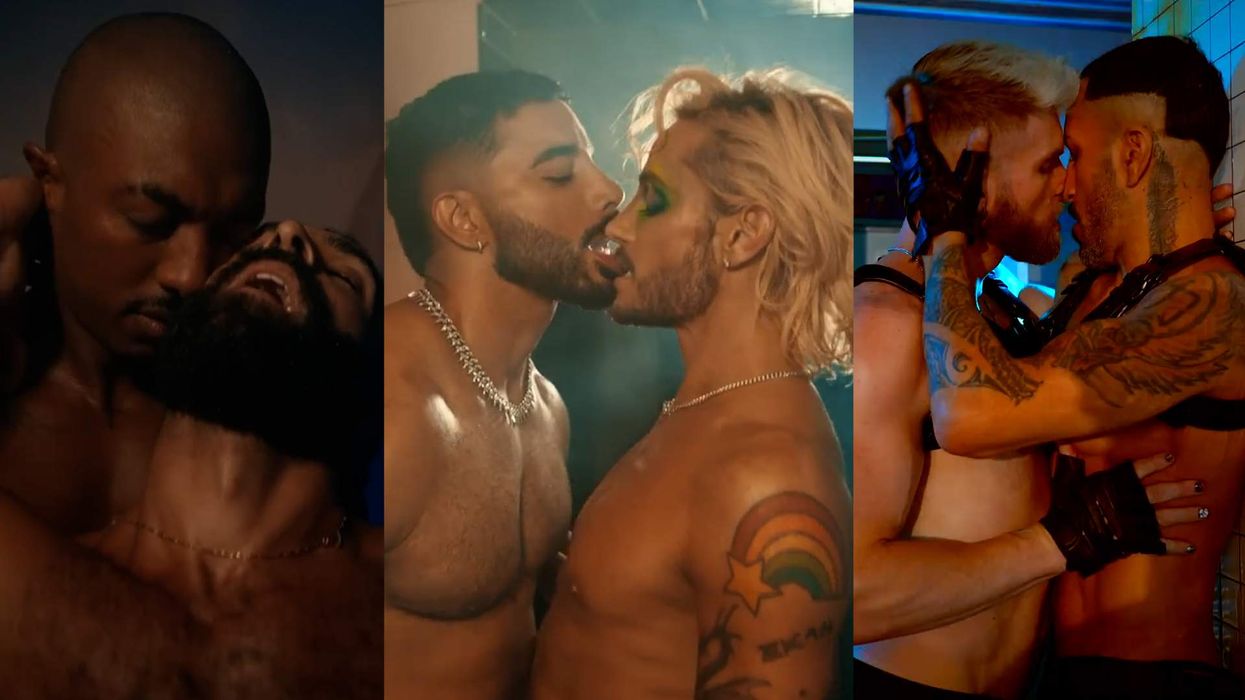
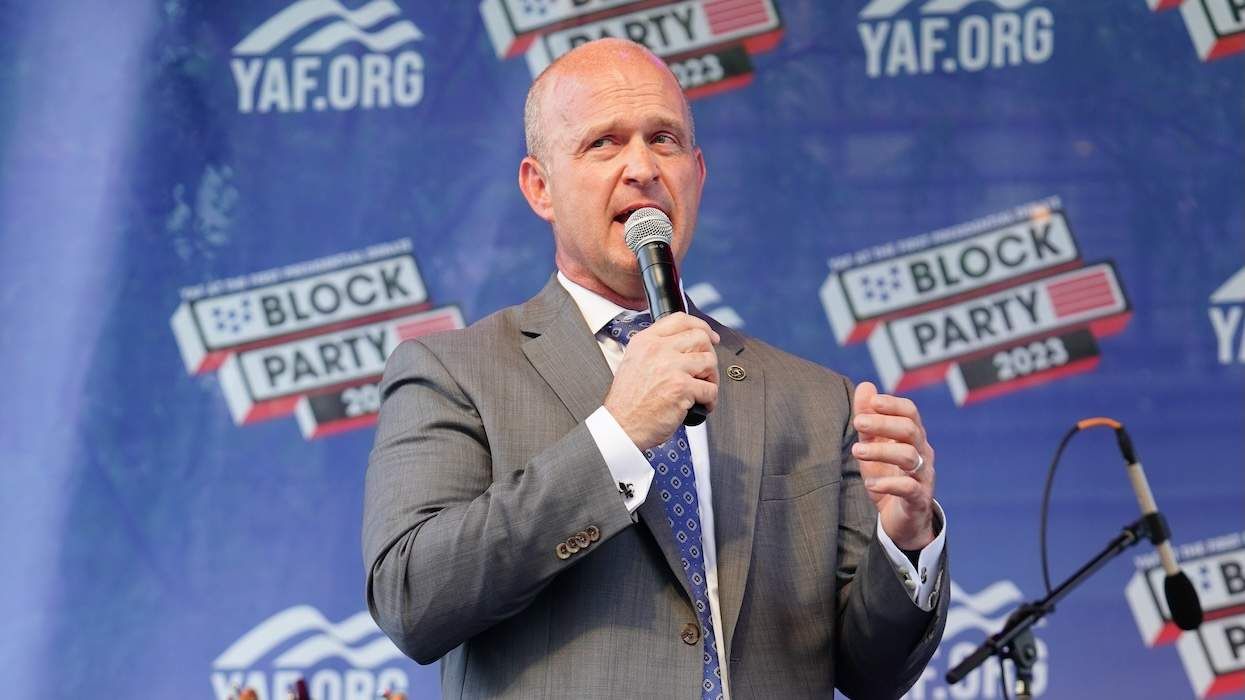

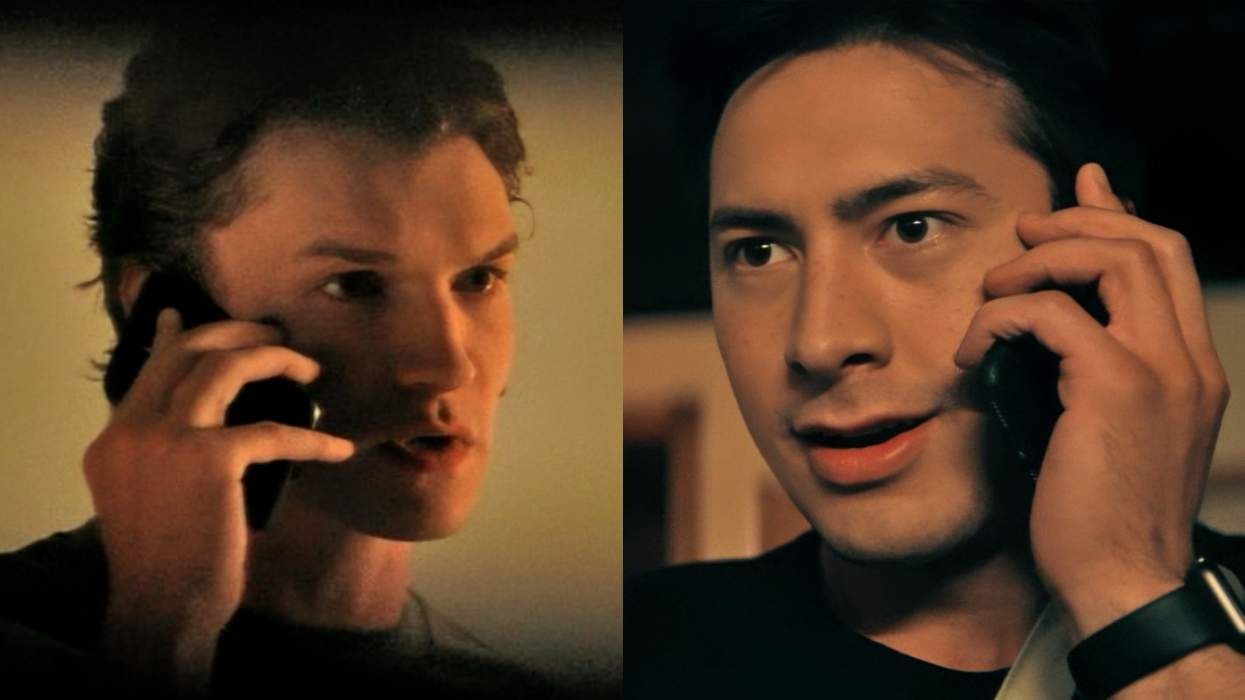

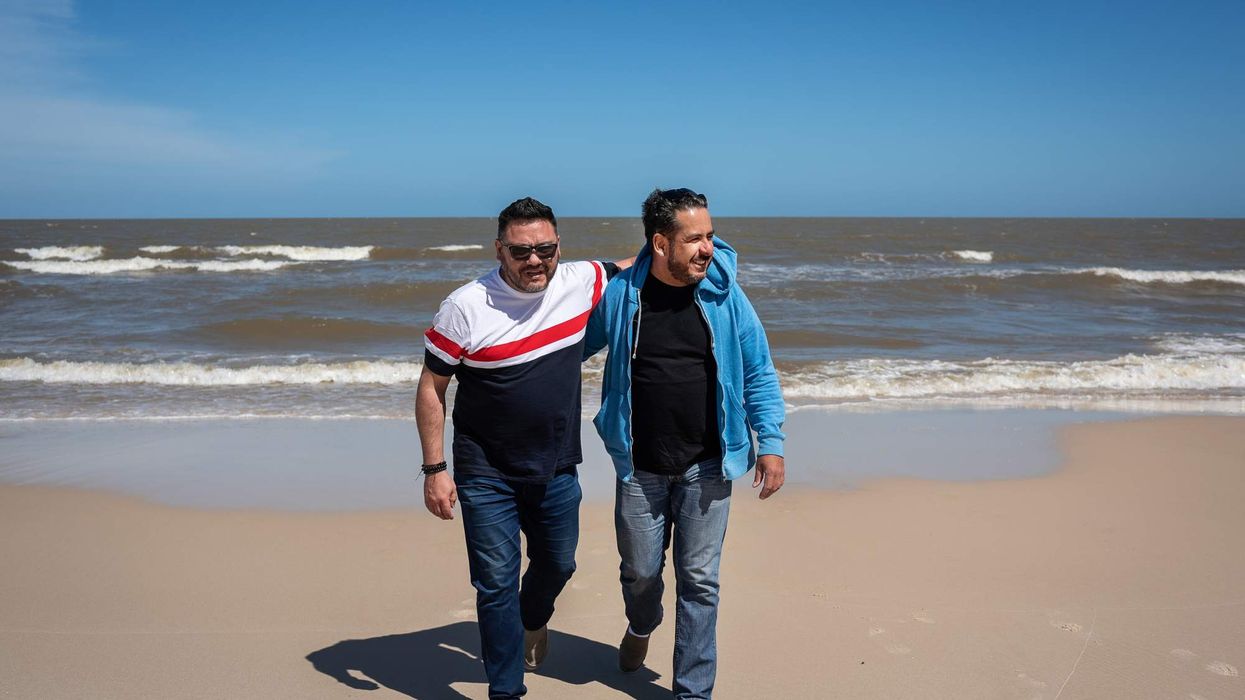

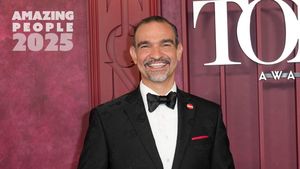
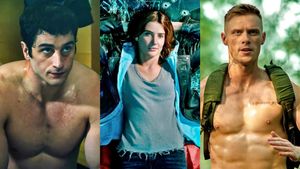
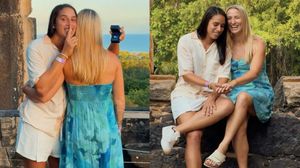
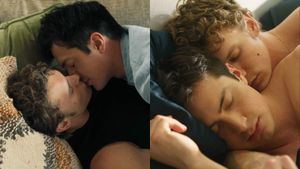
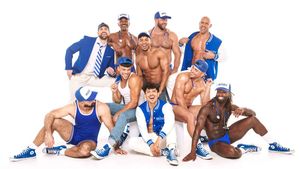
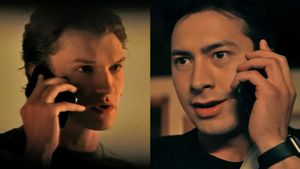
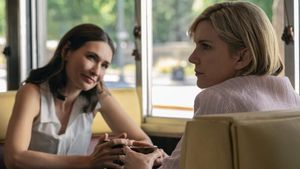
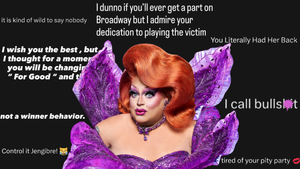

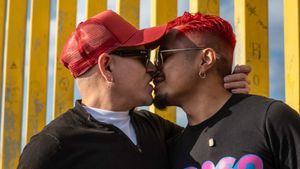
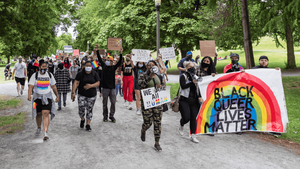
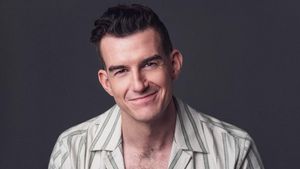

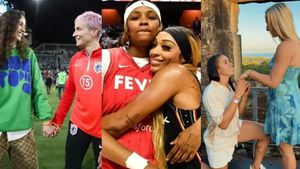
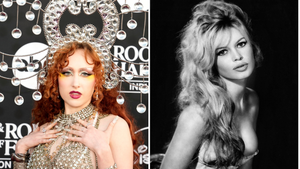
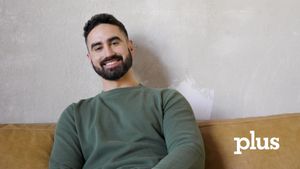
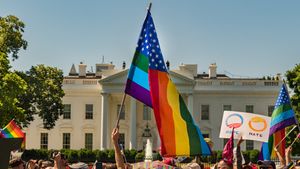

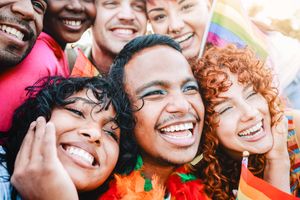

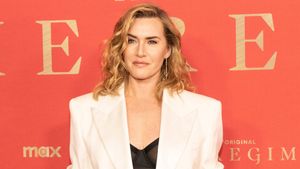

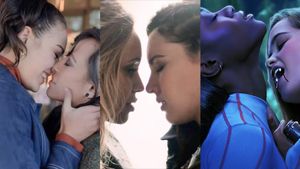
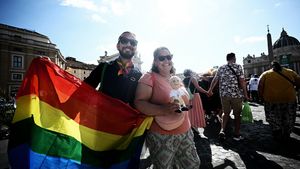

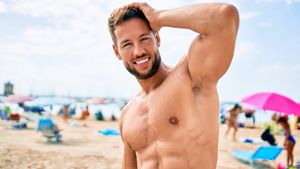
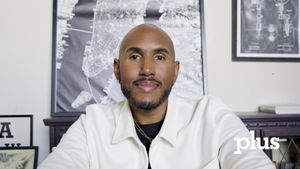
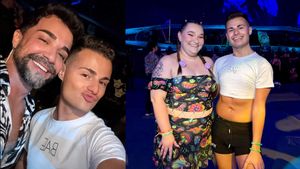

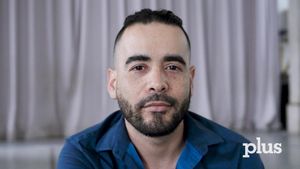
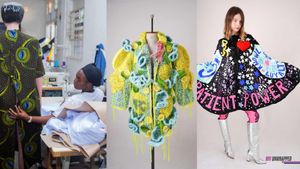
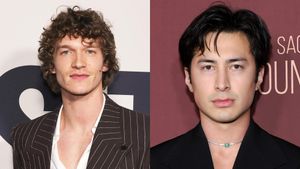
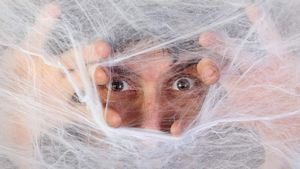
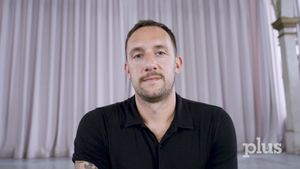
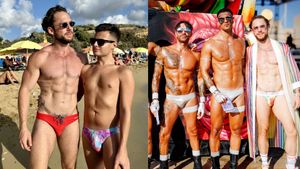





Charlie Kirk DID say stoning gay people was the 'perfect law' — and these other heinous quotes